Buying Aquamarine Gemstones
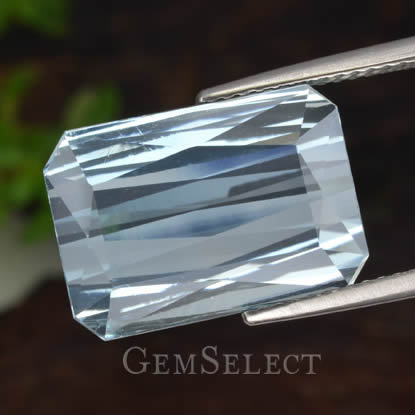
Introduction to Aquamarine
Everyone is familiar with emerald, one of the four traditional precious gems. But many people don't realize that emerald is a member of a notable gemstone family, beryl. The other, less famous beryls include aquamarine, morganite, golden beryl, and bixbite. You might be surprised how aquamarine stands out in this group with its unique qualities.
Buying aquamarine gemstones can be a rewarding experience, as these beautiful stones are prized for their stunning blue-green color and clarity. When selecting an aquamarine, it’s important to consider factors such as color saturation, clarity, cut, and carat weight. Look for stones with a vibrant, even hue, as well as minimal inclusions, which can enhance the gem's brilliance. Additionally, consider the cut, as well-cut stones will reflect light beautifully.
Learn more in this detailed guide to aquamarine properties, history, and buying tips.
Differences from Emerald
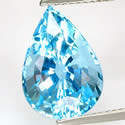
Though aquamarine and emerald belong to the same family, they are surprisingly different. They are both beryllium aluminum silicates. Where emerald is colored by trace amounts of chromium and/or vanadium, aquamarine is colored by iron. But while emerald and beryl have essentially the same specific gravity and refractive index, emerald tends to be quite hazy and included, while aquamarine typically has excellent transparency and clarity.
Properties and Durability
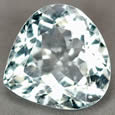
Though the beryls are quite hard gems - rating 7.5 to 8 on the Mohs scale - emerald has always been regarded as a somewhat delicate gem due to its many inclusions. Emeralds are usually oiled to fill fractures and improve their color. Aquamarine, on the other hand, requires no special treatment and is suitable for all kinds of jewelry, including rings. That's a big plus if you're looking for something durable for everyday wear.
Evaluating Aquamarine
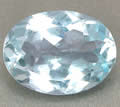
The intensity of color and the clarity of the stone are the most important criteria when evaluating aquamarine. Deep blue aquamarines are rare and command higher prices in the world's gemstone markets, though deep blue aquamarine is still a pastel blue. The darker shades of aquamarine are often heat treated to improve the color. Unlike other gems, aquamarine is not diminished by lesser intensity of color - many people actually prefer the more crystal clear lighter gemstones to the richer, deeper colors. You will find aquamarine in both faceted and cabochon cuts.
Explore the unique cat's eye aquamarine variety with its rare chatoyancy effect.
History and Legends
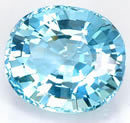
Aquamarine derives its name from the Latin term for seawater, and has a long tradition as the sailor's lucky stone. The Greeks and the Romans knew aquamarine as a sailor's gem, which ensured a safe and prosperous passage across stormy seas. Legend has it that aquamarines were the prized possessions of mermaids and thus would protect sailors from danger, including warding off sea sickness. Aquamarine is the birthstone for March.
Discover the fascinating story of the Dom Pedro aquamarine, the world's largest cut aquamarine gem.
Dive deeper into aquamarine meaning, powers, and healing uses.
Disclaimer: Claims about the healing or spiritual properties of gemstones are based on traditional beliefs and are not scientifically proven. They should not replace professional medical advice.
Frequently Asked Questions
What is aquamarine?
Aquamarine is a gemstone from the beryl family, known for its blue-green color and belonging to the same group as emerald.
How does aquamarine differ from emerald?
While both are beryls, aquamarine is colored by iron and has better clarity, whereas emerald is colored by chromium or vanadium and often has more inclusions.
What should I look for when buying aquamarine?
Focus on color saturation, clarity, cut, and carat weight. Vibrant hues with minimal inclusions and a good cut enhance its brilliance.
Is aquamarine treated?
Unlike emerald, aquamarine usually requires no special treatment, though darker shades may be heat treated to improve color.
What is the significance of aquamarine?
It is named after seawater and traditionally seen as a lucky stone for sailors, also serving as the birthstone for March.

